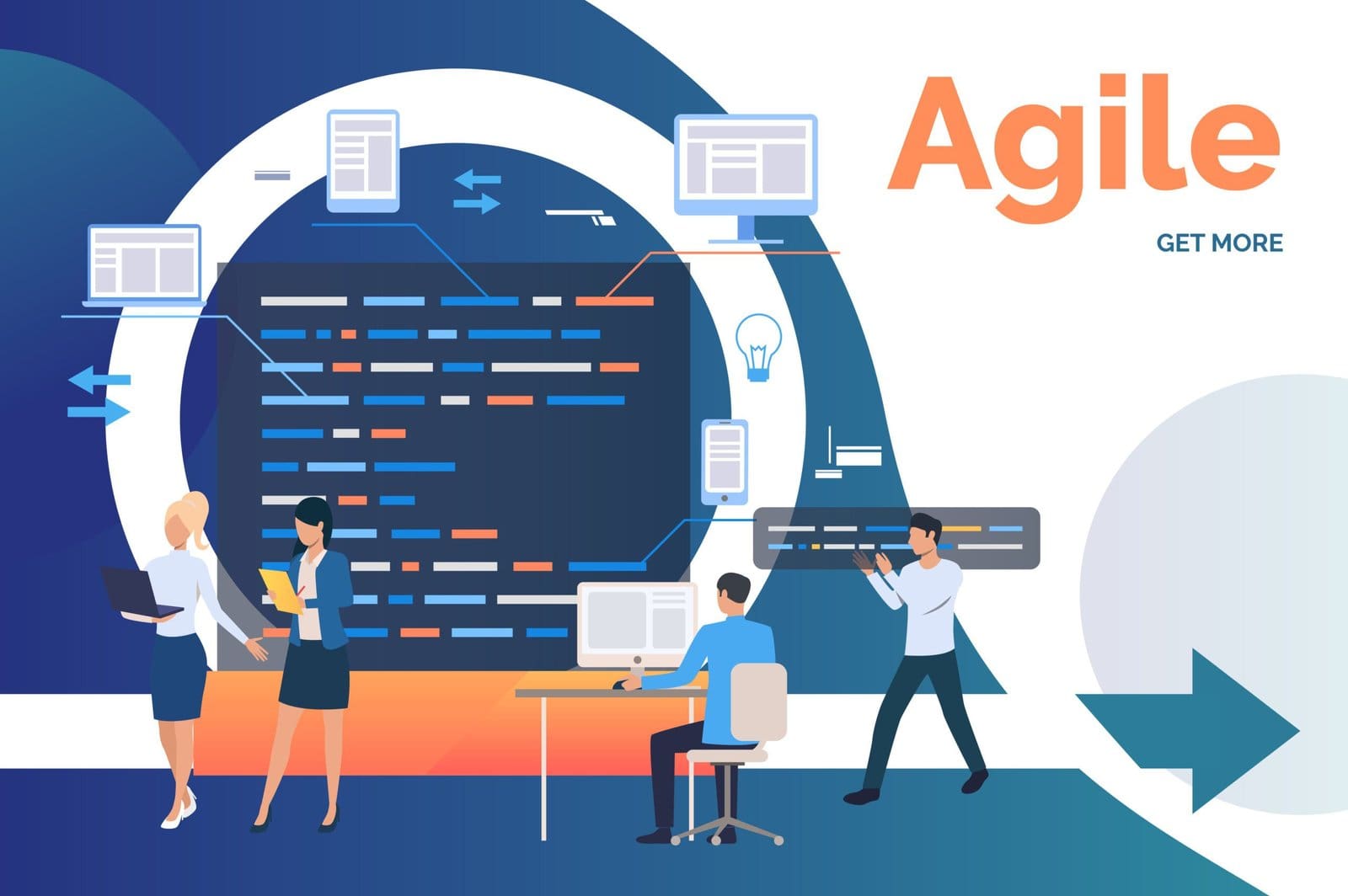The digital era has given businesses unprecedented opportunities to innovate, improve customer experiences, and redefine operations. One vital aspect of a successful digital transformation is leveraging the Agile methodology and understanding functional and non-functional requirements. This combination paves the way for solutions that align with user expectations and excel in system performance and security.
The Strategic Imperative of Functional and Non-Functional Requirements
Understanding the distinction between functional and non-functional requirements is crucial when navigating the digital transformation landscape.
Functional requirements are about the “what”— they define what a system should do. These could be features like user authentication or specific database operations. On the other hand, non-functional requirements are about the “how”— they detail how a system should perform, emphasizing factors such as system scalability, security, reliability, and speed.
For an executive, understanding these requirements goes beyond their technical aspects. A well-structured balance between functional and non-functional requirements leads to robust digital solutions that improve customer experience, increase operational efficiency, and drive business growth.
Impacting Business Outcomes with Agile Methodology
When thoughtfully implemented, Agile methodology provides an iterative and flexible approach that adapts to changing business needs and customer expectations. This adaptability is where the value of functional and non-functional requirements truly shines.
Consider a simple example of an e-commerce platform upgrade. Functional requirements might dictate a seamless user checkout process, but if non-functional requirements such as load speed and security are not up to par, the platform could experience shopping cart abandonment or potential security risks. Such scenarios can directly impact revenue and brand reputation.
Driving Success with Agile Digital Transformation
As leaders, you must ensure these requirements are well-understood and strategically implemented. This begins with encouraging a culture of thorough requirements gathering involving all stakeholders. Requirements should be clear, measurable, and aligned with business needs and user expectations.
Then, these requirements should be effectively incorporated into your Agile process. Remember, every Agile iteration or sprint is an opportunity to enhance your digital solutions’ capabilities and quality.
When functional and non-functional requirements are well-defined and well-implemented, you can avoid potential pitfalls such as system inefficiencies, security vulnerabilities, and reduced customer satisfaction.
Steering the Course of Digital Transformation
Strategically harnessing functional and non-functional requirements within the Agile framework is a powerful way to streamline your digital transformation journey. Not only does this approach lead to the iterative delivery of robust digital solutions, but it also ensures alignment with ever-evolving user expectations and business objectives.
This strategic focus in this rapidly changing digital environment can help maintain a competitive edge and propel your organization towards its growth targets.
In conclusion, understanding and strategically managing these requirements within the Agile framework is vital to your leadership toolkit. It empowers you to guide your teams, make informed decisions, and ensure that your organization’s digital transformation initiatives deliver substantial business value.

